15 Old Movie Posters That Are Worth Way More Than You Think
You might be surprised by how much an old movie poster can be worth. The rarity and condition of a poster can drastically affect its value, making some worth thousands of dollars. Iconic posters that feature timeless designs or are linked to legendary films are especially desirable. Some posters are worth more because they represent a piece of film history. If you’re a movie lover, checking the value of your collection might reveal hidden treasures.
This post may contain affiliate links, which helps keep this content free. Please read our disclosure for more info.
Metropolis (1927)

Issued in 1927 to promote the German silent sci-fi classic, this poster is among the rarest in existence. Its value comes from its age, the limited number of surviving prints, and its status as a film landmark. One copy reached an auction price of about $690,000. The bold Art Deco design by Heinz Schulz-Neudamm adds to its appeal, as does the fact that early film posters were often discarded after use, making survival unusual. A collector should check the condition and provenance when assessing one.
Because it sits at the top of the vintage-poster market, owning a copy is rare. The film’s reputation as a visionary work enhances the poster’s desirability. Some copies show wear or restoration, which affects value. If you find one, verify whether it’s the original domestic release version or a later re-issue sheet. Often the earliest release versions command the highest sums.
Dracula (1931)

This poster dates to the original 1931 release of the Universal horror classic starring Bela Lugosi. Its value rises because only a few original one-sheet prints remain, making them extremely rare. One example sold for about $525,800 in 2017. The combination of iconic imagery (Lugosi’s performance, the cape etc.) and early cinema history makes it highly sought after. For those interested, variations each carry different values based on rarity.
Collectors must look closely at condition and whether the poster has been restored. Smaller size re-issues or foreign versions typically sell for much less. Authenticity, original colours, and minimal damage all raise the potential value. This piece is a benchmark for rare horror film memorabilia.
The Mummy (1932)

This 1932 horror film poster from Universal has become valuable thanks to the film’s cult status and the scarcity of early preserved prints. One of the known original posters fetched about $435,500 at auction. The poster’s dramatic imagery, featuring Boris Karloff as Imhotep, adds to its collectible appeal. Because so many theatre-used posters were destroyed or discarded, surviving ones in good shape attract strong interest. When checking one, watch for major damage such as missing corners, tears or heavy folds.
The market for early horror-film posters remains strong, and this one is a prime example. If you hold a copy, compare to auction records for similar size and condition. The version matters, whether it’s a one-sheet, three-sheet, or foreign variant. Smaller or later versions will not reach the same values. Condition grade makes a considerable difference.
Casablanca (1942)
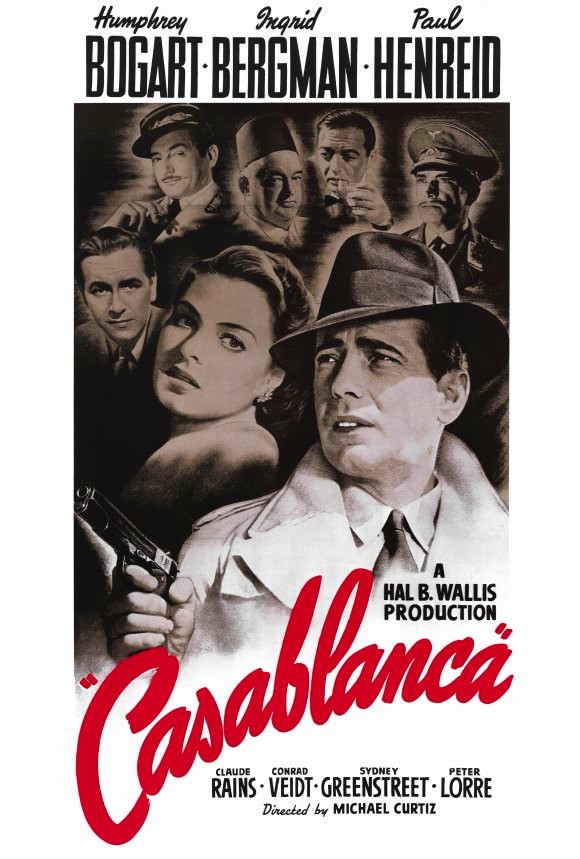
Released in 1942, this poster for the classic starring Humphrey Bogart and Ingrid Bergman earns value through its iconic film status and scarcity of first-release prints. A rare version sold around $478,000. The artwork and association with one of cinema’s most beloved films elevate desirability. Collectors place high importance on whether the poster is the domestic original, a foreign variant, or a re‐issue. The larger three-sheet or six-sheet sizes are particularly prized when in good condition.
When evaluating one, verify size, printing year, and whether the sheet has been trimmed or over‐mounted. Even small modifications can reduce value significantly. Also check for proper margins, original paper type, and lack of creasing. Provenance or documentation of previous ownership can strengthen a listing.
King Kong (1933)
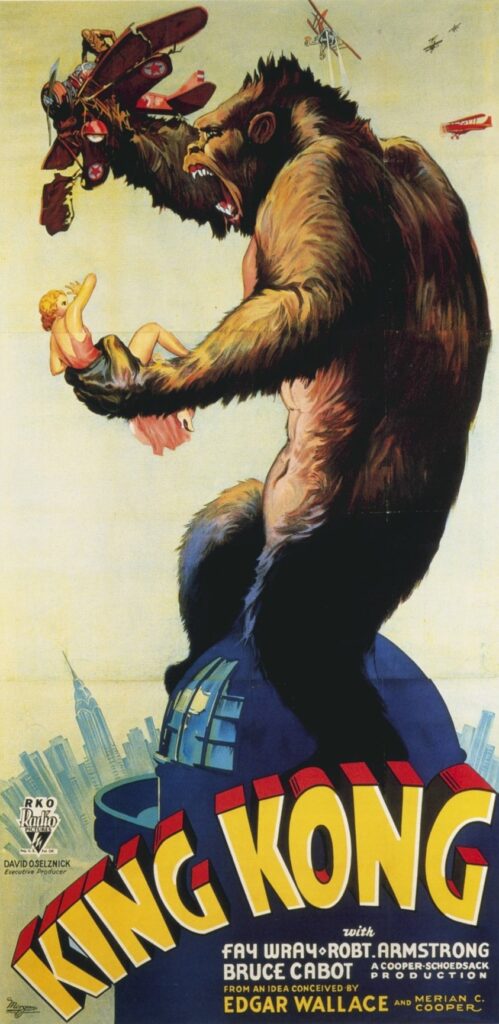
This poster from the 1933 release of the monster movie stands out thanks to the dramatic subject matter and early era. It’s rare because large promotional prints were frequently destroyed or lost. One example reportedly sold for around $388,000. The value is boosted by the film’s place in pop culture and the large size format used. Condition issues such as paper brittleness, colour fading or missing pieces impact value.
If you find a version labelled as Original release 1933 rather than a later reprint, it’s far more valuable. Foreign language versions or re‐issues often fetch much lower prices. Verify printing details and check auction comparables. Also needed is proper storage-humid or direct sunlight can severely degrade paper and reduce value.
Frankenstein (1931)
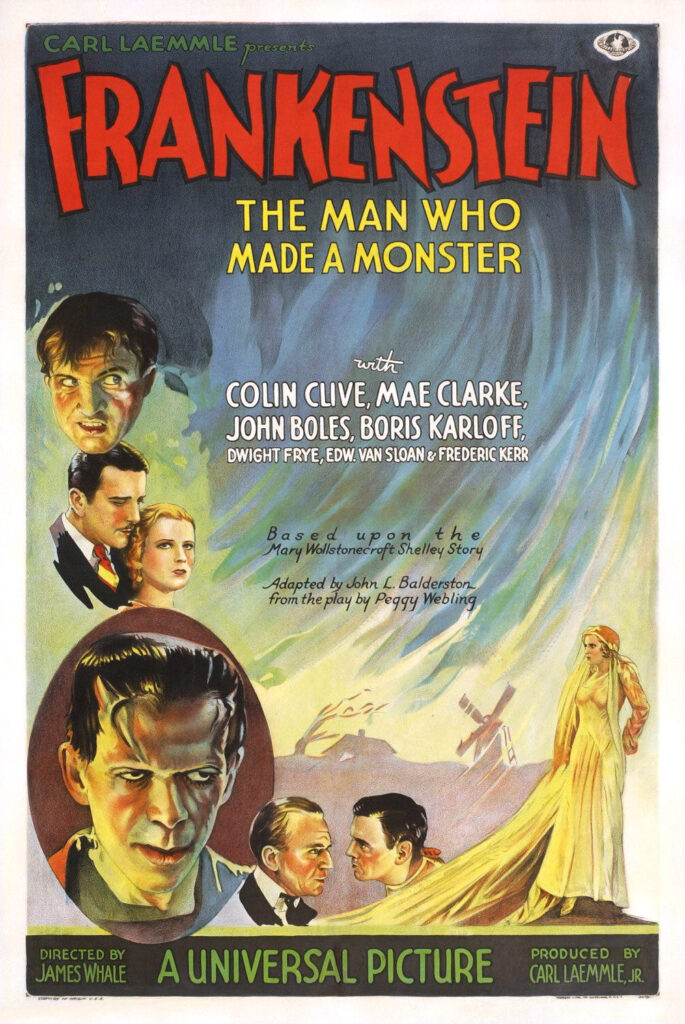
This poster dates from the 1931 Universal horror film featuring Boris Karloff as the monster. It has strong collectible value since surviving original prints are very rare and the subject remains hugely popular. One poster sold for approximately $358,500. The dramatic artwork and historic film association increase interest. When considering one, note if it’s a Style A one-sheet, or another variant-some styles are more uncommon and valuable.
Damage such as missing margins, water stains or heavy restoration reduces value significantly. Restoration can help display but often lowers the value for serious collectors. Original glass‐frame impressions can help trace authenticity. Matching size and paper type with known examples is crucial when verifying high value.
The Bride of Frankenstein (1935)
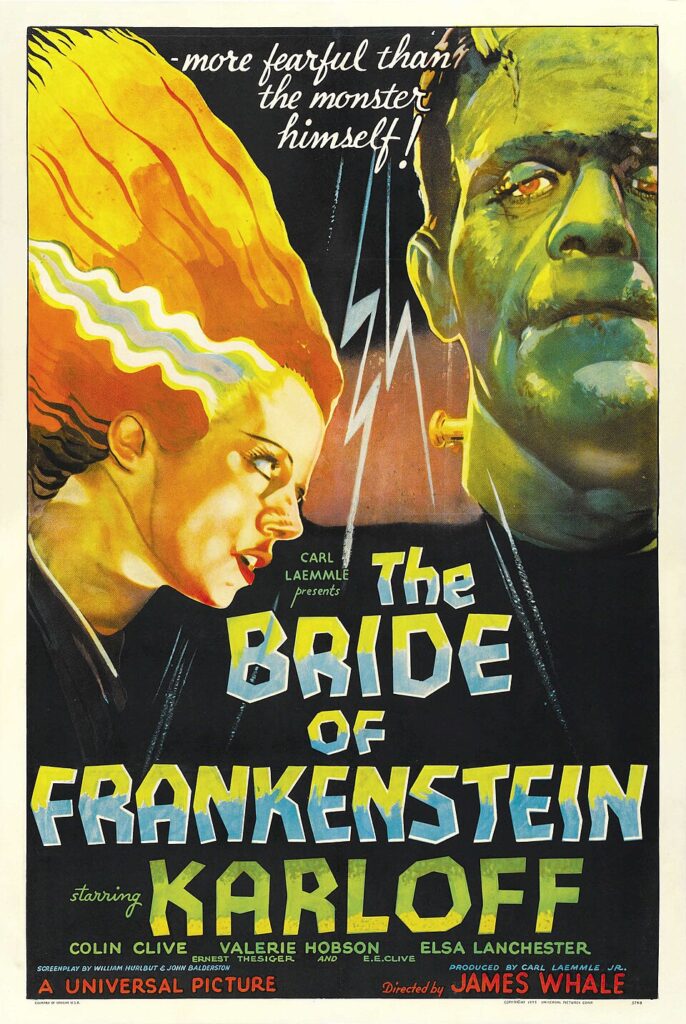
Issued upon the 1935 sequel’s release, this poster’s value comes from its classic status and years of surplus circulation which meant few early prints survived in excellent condition. One version sold for about $334,600. The visual of the Bride character and the film’s enduring appeal in horror fan culture raise interest. Collectors pay attention to whether the poster is an original 1935 one‐sheet or a later edition. Size, paper condition and original printing colors matter a great deal.
When you inspect one, look for consistent texture, correct colour saturation, and authentic paper stock from the 1930s. Check for edge wear, spine splits or folds. Any mention of previously mounted or rebound sheets can impact value negatively. Proven ownership history can add credibility.
The Black Cat (1934)
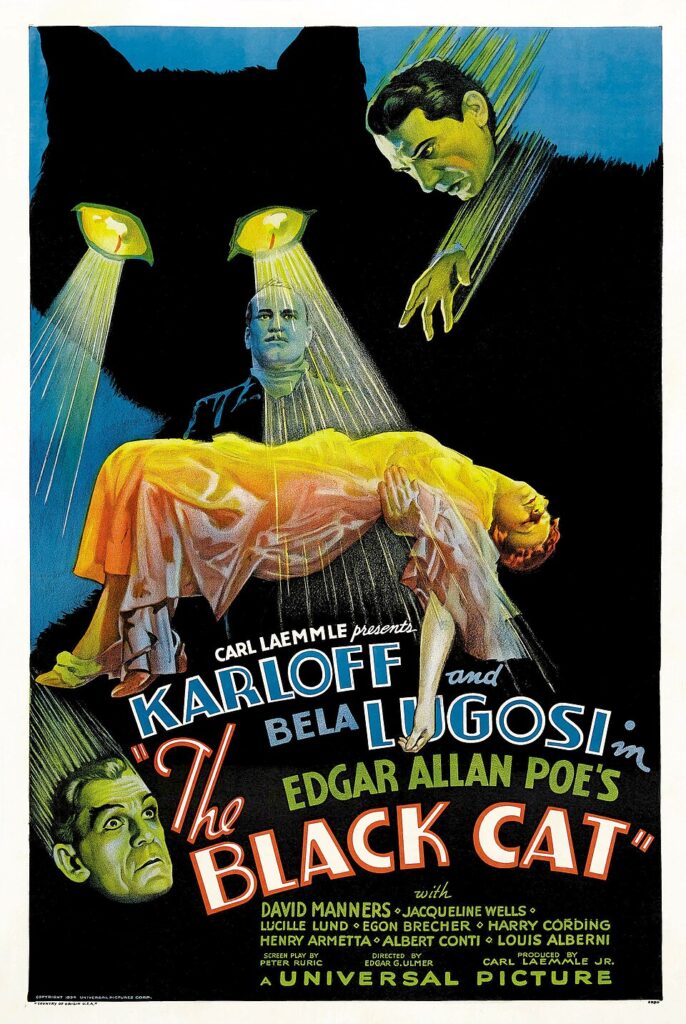
This 1934 horror poster-promoting the film starring Boris Karloff and Bela Lugosi-has become collectible because early horror film posters were often destroyed and this one remains rare. Estimated sale price is roughly $334,600 for a good example. Its appeal lies in the pairing of major horror stars and the scarcity of surviving prints. Important details include indication of style A or style B, original release date and correct size. Margin condition and paper age are key when assessing value.
A well‐preserved example often shows only light wear and retains vivid contrast. Any re‐colouring, heavy restoration or trimmed edges can reduce interest sharply. Matching printing batch to known examples helps confirm authenticity. Ownership by a reputable collector or documentation tends to increase confidence when selling.
The Empire Strikes Back (1980)
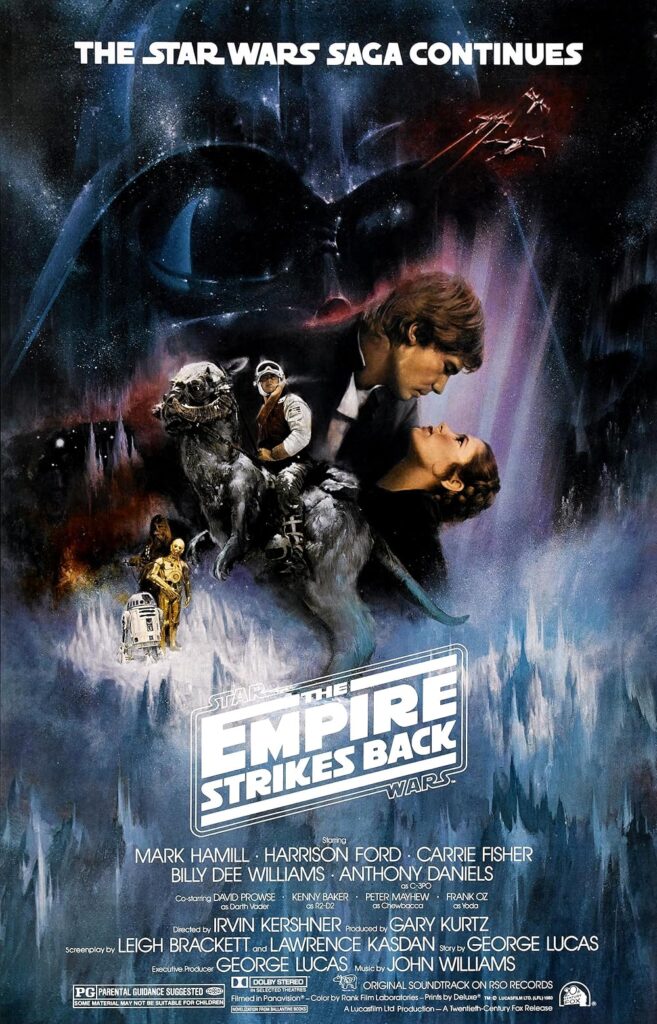
The 1980 poster release for this Star Wars sequel has collectible versions, especially for rare variants with early artwork, mis-prints or withdrawn versions. Posters from this era with mint condition and unique features can command mid-thousands of dollars. The value is built on strong fan interest, film history significance and scarcity of certain print runs. To assess your copy, check printing code, date, variant number, and whether it is the poster issued to cinemas directly. Retail or reproduction posters will not hold the same value.
If you own a first-release cinema one-sheet with original borders and minimal wear, you may be looking at a poster that’s both visually appealing and good for a collection. Mirror known sales of similar variants when evaluating. Keep it flat, away from moisture, and ideally in a protective sleeve to maintain condition. The crossover appeal to sci-fi and fan-memorabilia markets adds to interest.
London After Midnight (1927)
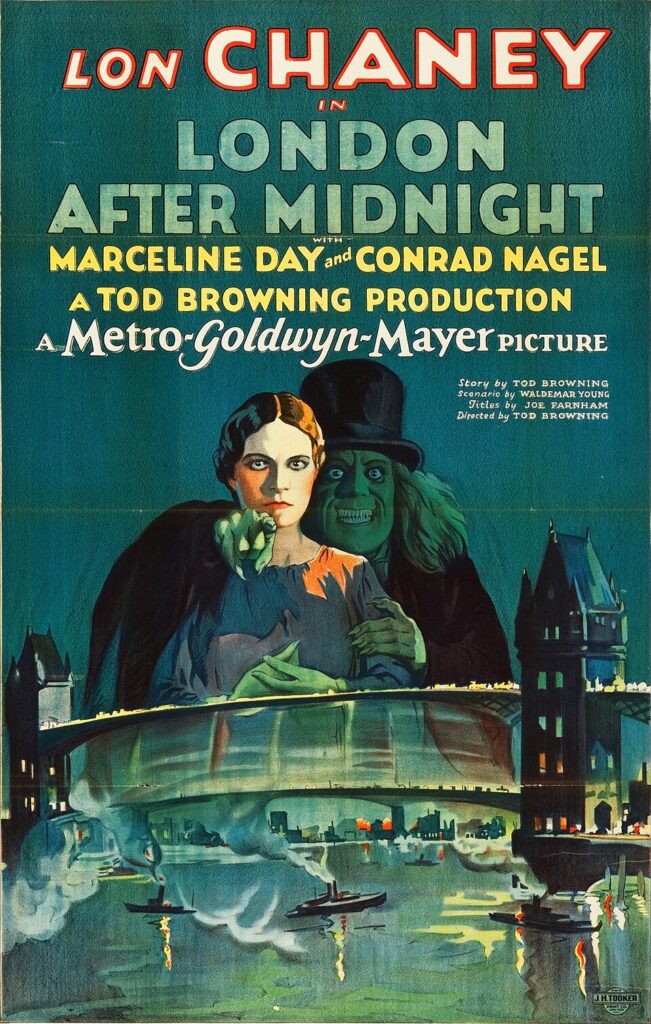
This poster comes from the 1927 silent mystery horror film, of which the original film print is considered lost. That fact greatly raises the value of any promotional material. A poster copy sold for about $478,000. Its rarity is extreme, one or two known copies of the poster exist. Because of that the scarcity itself adds massive value. For a collector, verifying that the poster is the original 1927 one-sheet and has not been reproduced is vital.
Check for archival markings, original theatre stamps or provenance showing it was used in 1927. Reprints or modern reproductions are far less desirable. Maintaining the poster in a protective frame and climate‐controlled storage helps preserve condition. Auction records for this title are a benchmark in rare poster collecting.
Jaws 2 (1978)

This 1978 sequel’s poster has become collectible in part because fewer copies were retained in high condition and because the original imagery ties closely to a major film franchise. Early one-sheet prints in very good condition may now sell for thousands of dollars. Factors that raise value include original release date imprint, theatre use version versus retail, and presence of original fold lines. Posters with tape damage, missing margins, or heavy colour fading will be much less desirable.
If your copy has the correct studio prefix (e.g., JB for Universal one-sheet) and shows signs of original theatre display without excess damage, you may have a poster worth serious consideration. Compare it to auction results of similar 1970s one-sheets. Even though it doesn’t reach six-figure sums like some 1930s rarities, it still holds meaningful mix of film history and collectible value.
Pulp Fiction (1994)
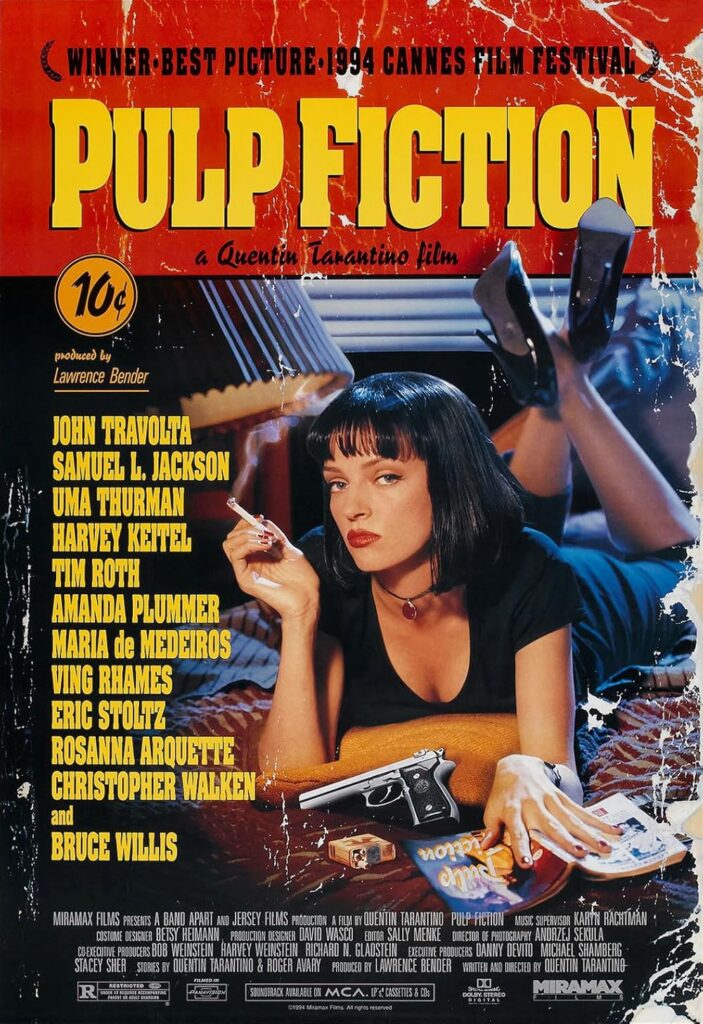
Released in 1994, this poster is a different kind of collectible, one of the early teaser designs featuring Uma Thurman on a bed with a cigarette made for the US poster release. Its high value is tied to the popularity of the film, the limited number of early prints, and the recall of certain design versions. Some copies now sell for between $2,000 and $3,000 or more in good condition. Because the poster is from a more recent era, condition and originality matter heavily. Knowing whether the version is the initial release or a subsequent print helps determine value.
If you own such a poster, check for printing indicia, year and any recall notation. Posters from mainstream films of the 90s can reach good prices if they have rare variations. Clean, uncreased copies with original gloss perform better. It’s a good example that film poster collectibility is not only about very old prints but also about special variants.
Jaws (1975)
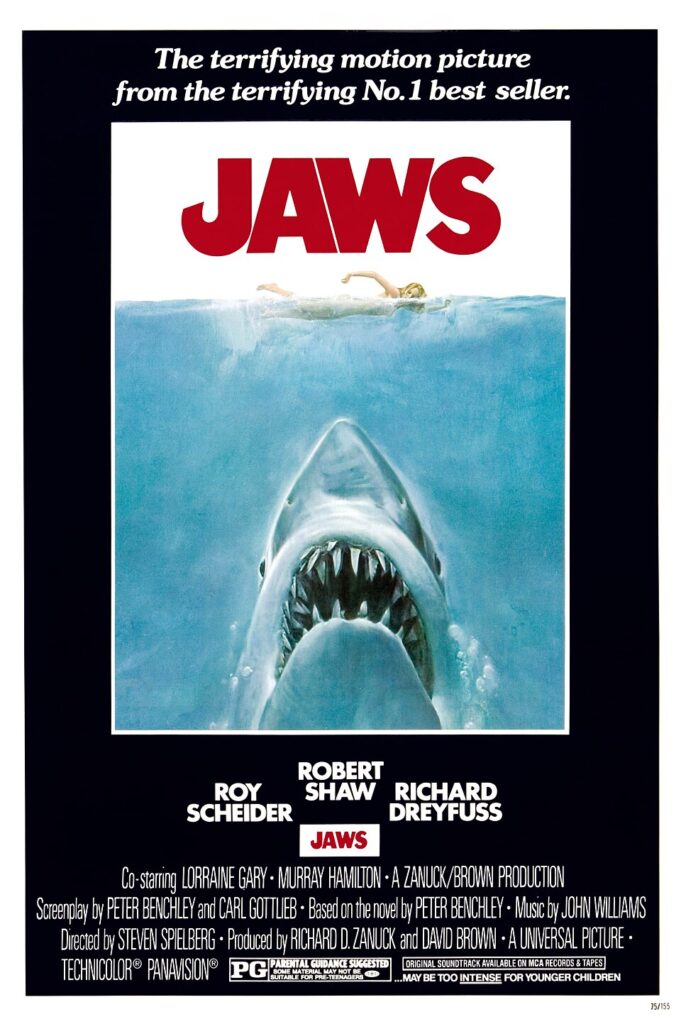
This 1975 film’s poster featuring the shark rising below a swimmer has become iconic. Its value comes from the film’s blockbuster status, the bold image that people instantly recognise, and the fact that some early prints in excellent condition are now harder to find. Some estimates indicate early original one-sheets in mint condition can fetch a few thousand dollars or more. The key is identifying whether the poster is a first-release one-sheet (theatrical) rather than a retail/poster store version. Condition issues such as sun fading, folds and creases often reduce value significantly.
If you have a version marked Original Release 1975 with correct studio credits, you’re in better territory. Avoid third-party reprints or modern ‘heritage’ editions. Having it professionally graded or evaluated by a poster expert adds confidence when selling or buying. Even though it doesn’t reach six-figure sums like the ultra-rare silent era posters, it is still a meaningful collectible.
Star Wars-Episode IV A New Hope (1977)
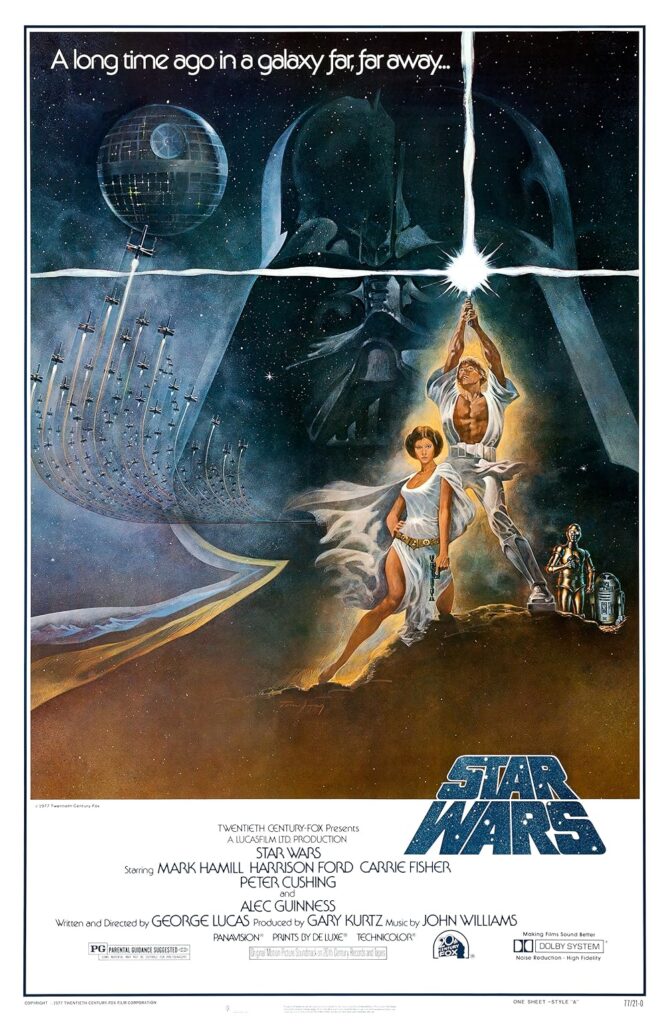
This 1977 poster for the original Star Wars film holds value due to the film’s cultural impact and the rarity of early prints. Some original cinema release posters in excellent condition are estimated to be worth several thousand dollars (reports mention £5,000 and more for certain UK variants). The version with a release date on the poster, or a withdrawn version with different branding, carries higher value. Poster size and condition remain key. Checks should include printing code, date, studio identifier, and margin edge for authenticity.
If you own one, compare to documented sales of UK and US sheets from that year. Be wary of modern reproductions or promotional copies for retail rather than theatre use. Framing or storing under UV-safe conditions helps preserve the paper and keep value stable. Even mid-grade examples from the 70s can hold collectible status.
From Russia with Love (1963)
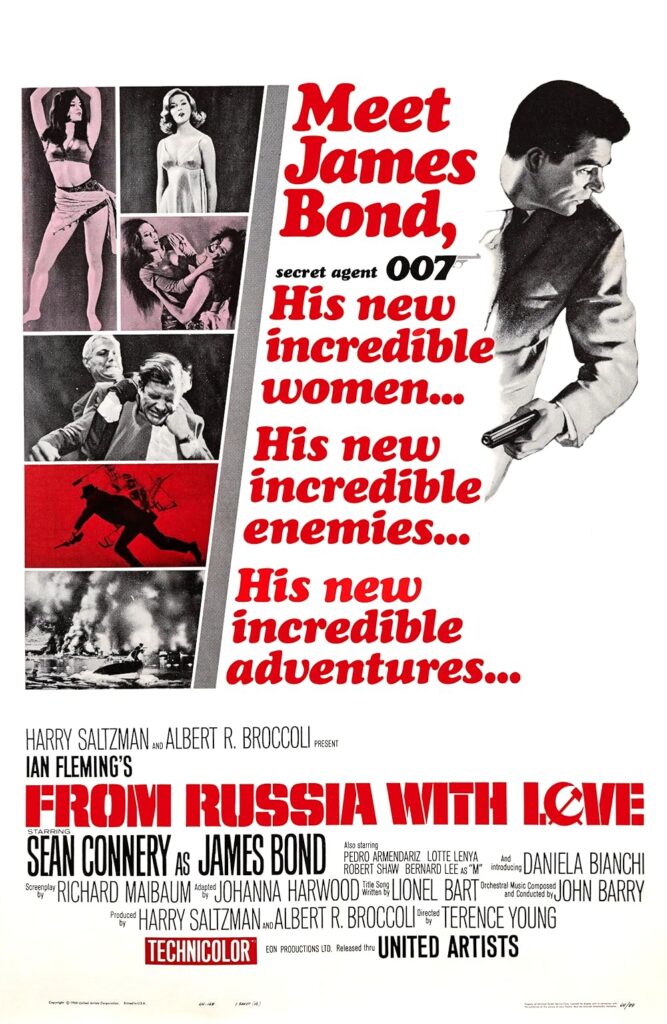
The 1963 cinema release poster for this early Bond film is valuable because it reflects the poster-art era of painted illustration rather than photo treatment, and originals are harder to find. Some UK quad versions and US one-sheets for this title have fetched over £10,000 (so several thousand USD) depending on condition and rarity. The artwork by artists of that time adds additional collectible appeal. To assess one, size, release region, and original fold lines vs removed folds matter. Any trimming removing border space reduces value.
Collectors should verify sheet size, printing details and any notation of film studio release. Compare to known auction results for the exact variant you hold. Original theatre used posters often show theatre stamps or glue remnants, which can affect value. Early Bond films continue to attract poster collectors thanks to the long-running franchise.
This article originally appeared on Avocadu.
